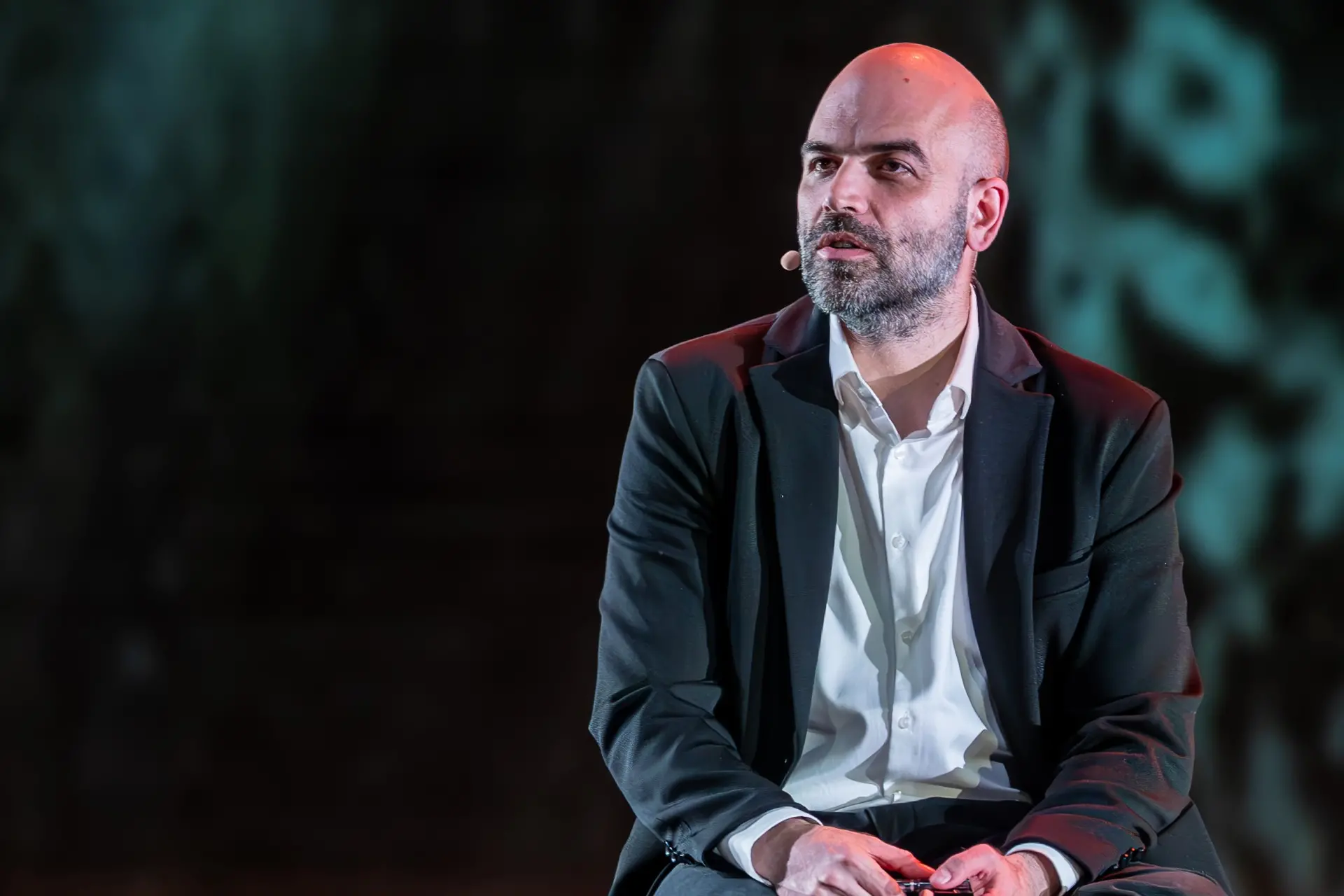Roberto Saviano: "This is how Sardinian gangs attack armored vans."
The Neapolitan writer recently spoke at the Massimo Theater in Cagliari: "Talking about organized crime doesn't mean speaking ill of a land. Mine, ours, yours."Roberto Saviano today and tomorrow at the Teatro Massimo in Cagliari (photo by Giovanni Daniotti)
Per restare aggiornato entra nel nostro canale Whatsapp
"Talking about organized crime doesn't mean speaking ill of a land. Mine, ours, yours."
Good morning, Roberto Saviano. And welcome back to Sardinia. It's impossible not to begin this interview with the analysis you outlined a few months ago in our newspaper. What are the specific elements that led you to identify a Sardinian lead in attacks like the one on the Aurelia last March, distinguishing it from other forms of organized crime?
Armored transport robberies are organized with a precise strategy, a significant investment of time and money, and a plan built over months of intelligence gathering. There are two groups in Italy that attack armored vehicles, and this isn't to defame a region or a city, because it's primarily a matter of know-how and expertise. You don't suddenly become an armored transport robber. In Italy, the major groups that attack armored vehicles are from Sardinia and Foggia, particularly Cerignola. And in the case of the robbery on the Aurelia, the attackers' origins were identified thanks to a video whose audio clearly revealed a Sardinian accent.
Could the techniques used, I'm talking about weapons of war and explosives, be linked to old Sardinian banditry or have you found any new elements?
In theory, the approach is entirely similar. First of all, the purpose: even for kidnappings, the bandits would gather for that one job, that single kidnapping, and then the group would immediately disband. There were individuals who might later reunite for a new criminal project, but it was rare and, above all, it was driven by personal relationships. Culturally, the criminal plans an attack, just as he did with kidnappings, to free himself from paid employment, rarely to access luxury, and just as rarely to become part of a permanent criminal organization .
